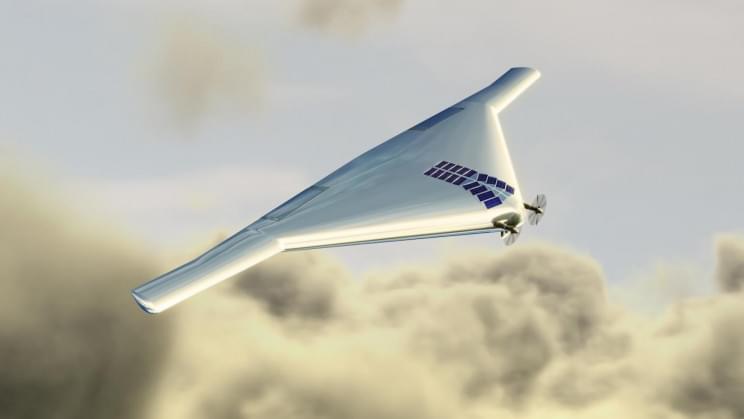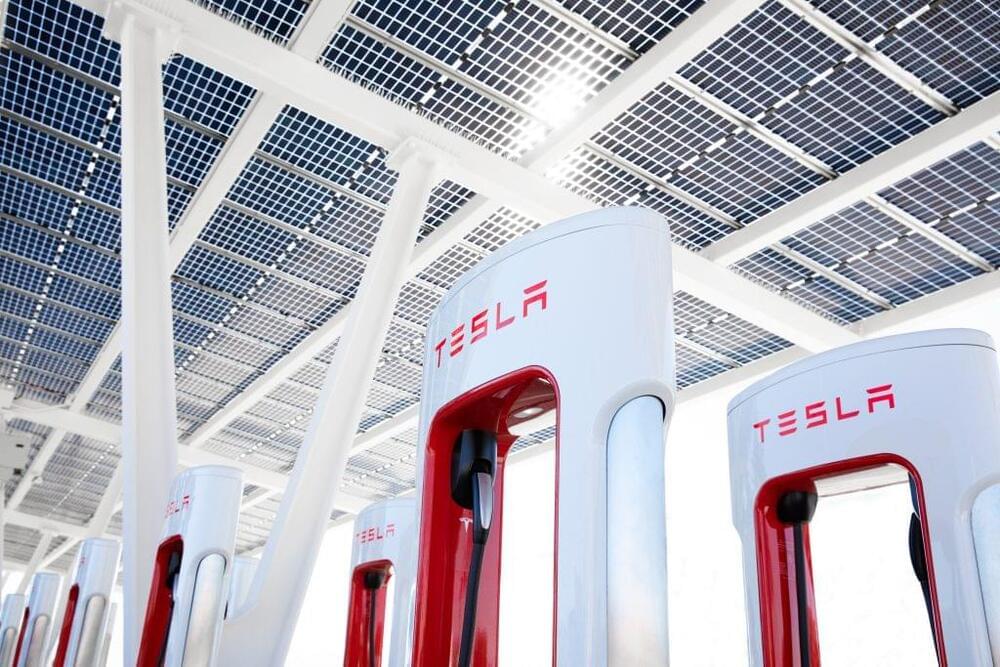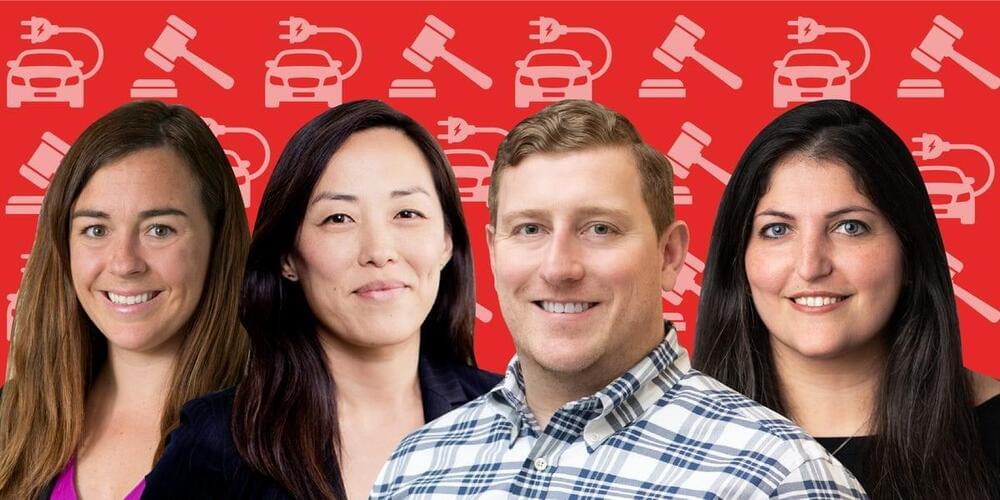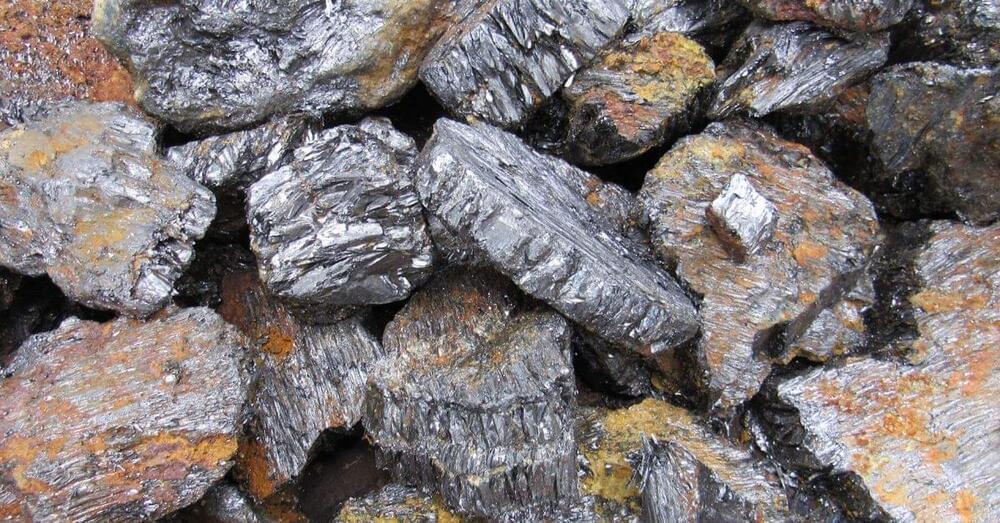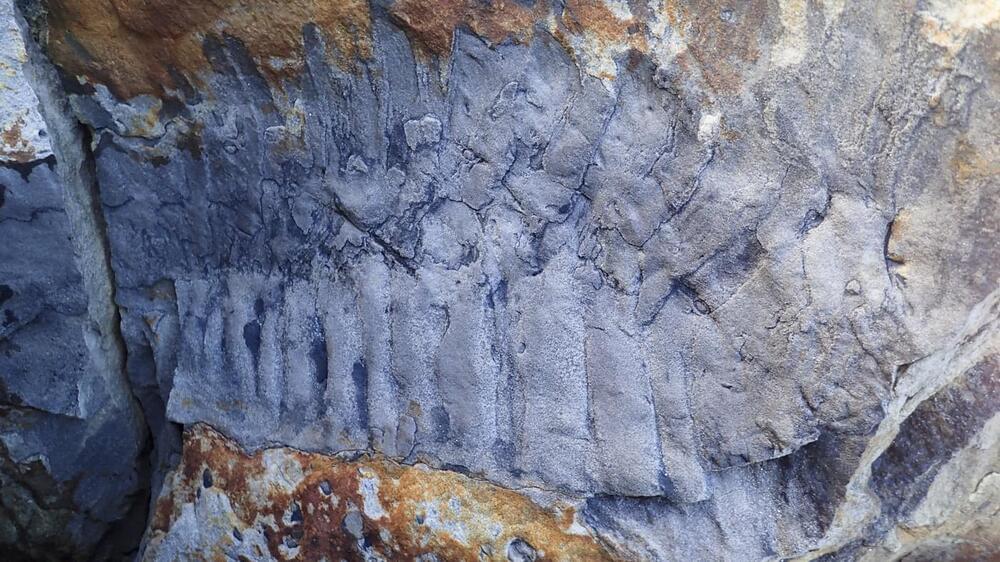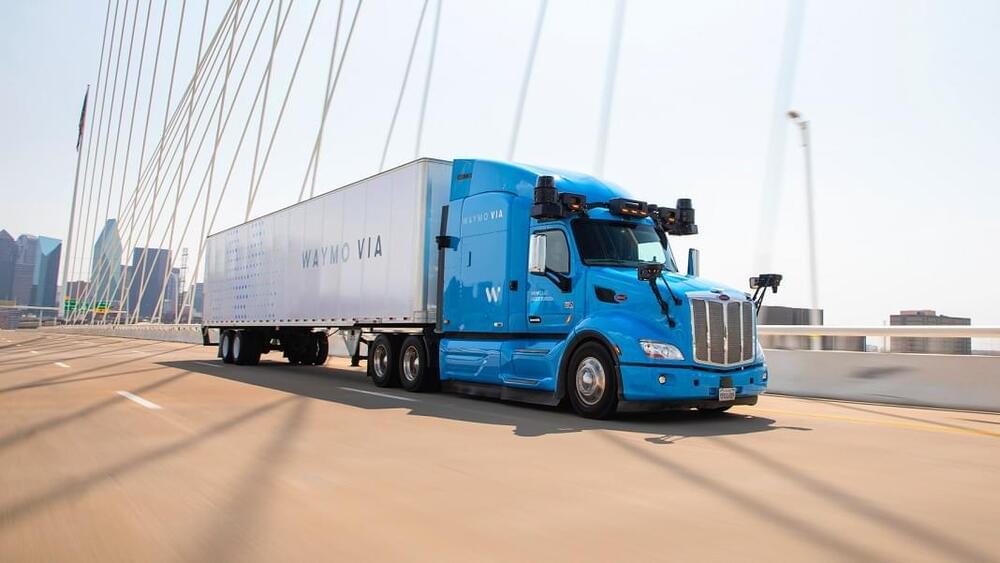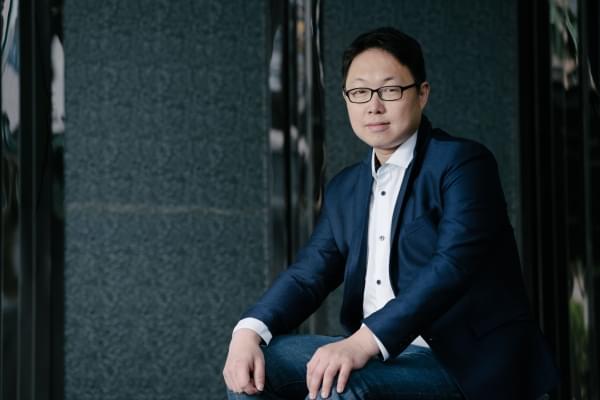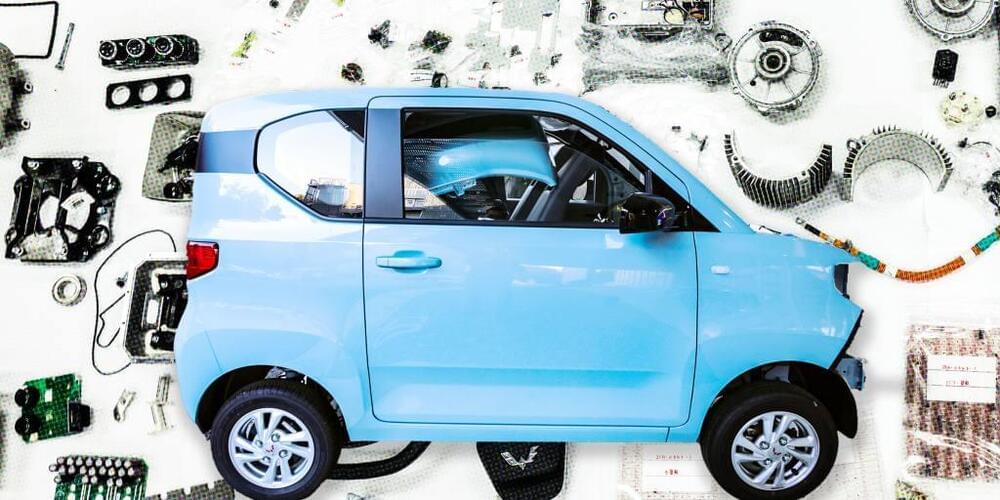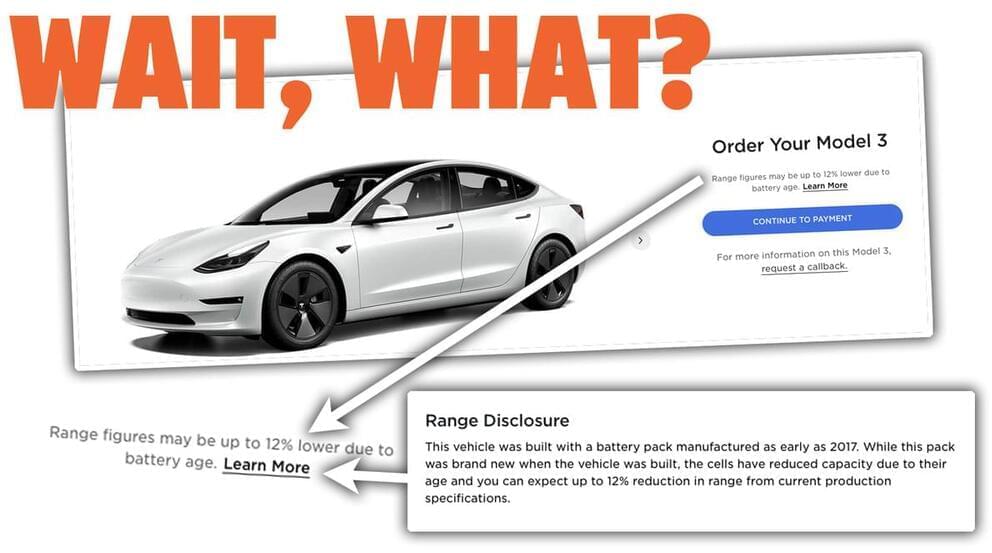But could it actually work?
Lighter-than-air spacecraft might one day help explore the clouds of Venus and investigate signs of ancient life on the planet.
Proposed in 2014 by Northrop Grumman, the Venus Atmospheric Maneuverability Platform (VAMP) project would deploy crewed inflatable aircraft from space to skim Venus’ upper atmosphere.
Now, a press release from West Virginia University reveals that engineers are developing software to allow spacecraft similar to these to navigate Venus’ atmosphere autonomously.
Could we send humans to Venus? The statement, brought to our attention by Universe Today says the main goal of the new project is to “propose a software solution that will allow hybrid aerobots to explore the atmosphere of Venus.” The researchers claim that their software would optimize flight paths while accounting for strong winds and sunlight intensity, allowing it to plan the crafts flights for the longest periods possible.
Full Story:
